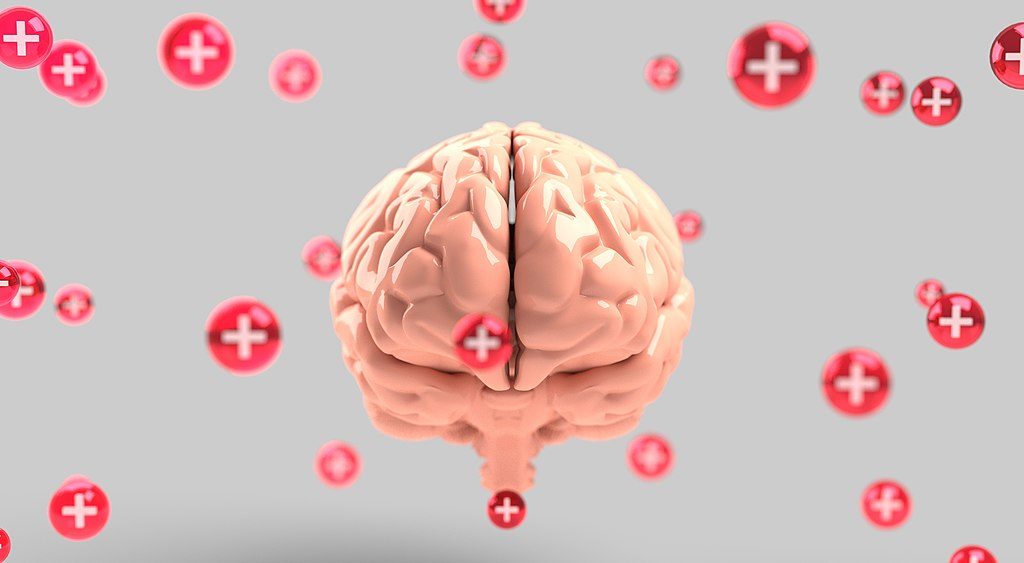By Julia Thompson

Fear is a crucial emotion for human survival. Without the ability to experience fear in response to possible threats in the environment, it is all too easy to end up in a dangerous situation. However, fear is only useful in moderation. When a stimulus is no longer associated with a threat, learning to separate the signal from immediate danger is just as important as building the original link. If a formerly threatening stimulus cannot be unlearned, consequences such as post-traumatic stress disorder can follow. The adaptability of neural circuits is critical to being able to develop and dissolve conditioned associations with threats.
The lab of Sachin Patel (Psychiatry and Behavioral Sciences), in collaboration with Danny Winder (Molecular Physiology and Biophysics), recently published an article in Nature Neuroscience, highlighting their recent work on changing neural pathways across fear states. By creating and extinguishing conditioned fear states in mice, the researchers used data on neuronal distribution and activity to develop a model of a circuit between the basolateral amygdala (BLA) and the centrolateral amygdala (CeL). The central amygdala (CeA), a structure critical for choosing actions quickly in response to stimuli, had been previously modeled as a passive connection between stimuli and fear responses. However, the Patel lab discovered a dynamic circuit between the BLA and CeL that regulates memories of fear. The existence of this circuit also provides new explanations for the unlearning of fear behaviors.
Experiments conducted by the authors determined that as a conditioned freezing behavior is acquired, the BLA begins to excite non-corticotropin releasing factor-expressing (CRF–) and somatostatin-expressing (SOM+) neurons more frequently than normal. The excitatory drive is shifted away from corticotropin release factor-expressing (CRF+) neurons. The signals from the CRF– and SOM+ neurons pair with the suppression of the CRF+ neurons to create a conditioned memory of fear memory.
During the extinction of a learned fear, the circuit reverses. The favoring of CRF- and SOM+ neurons ends, and the circuit shifts back to CRF+ neurons. This reversal suppresses the fear memory and associated behavior, effectively unlearning it. Activity within the BLA is required for this pathway to function properly; inhibition of the circuit interferes with both the acquisition and extinction of conditioned fear behaviors.
The impact of CRF+ neurons on learning fear behaviors was further clarified by exciting and inhibiting these neurons. When CRF+ neurons were excited, fear memory acquisition was disrupted, but extinction was facilitated. Upon CRF+ neuron inhibition, extinction was impaired.
While the CeA is typically credited with most of evolution’s rapid responses, including fear behavior, this study shows an unexpected role of the CeL. Recent research showing that the CeL is active in creating and storing fear memories motivated the Patel lab to investigate the structure’s role in changing circuits meant for creating and forgetting fear responses.
The investigation of CRF+ neuronal activity has already contributed to important discoveries. For instance, the release of the CRF peptide is linked to the regulation of fear and anxiety behaviors, although neurons have plenty to contribute; the activity of CRF+ neurons reduces conditioned freezing responses. The excitement of CRF+ neurons is a developing avenue of research into the regulation of fear behaviors, and could lead to the improved treatment of disorders such as PTSD.
This work was supported by the National Institutes of Health.